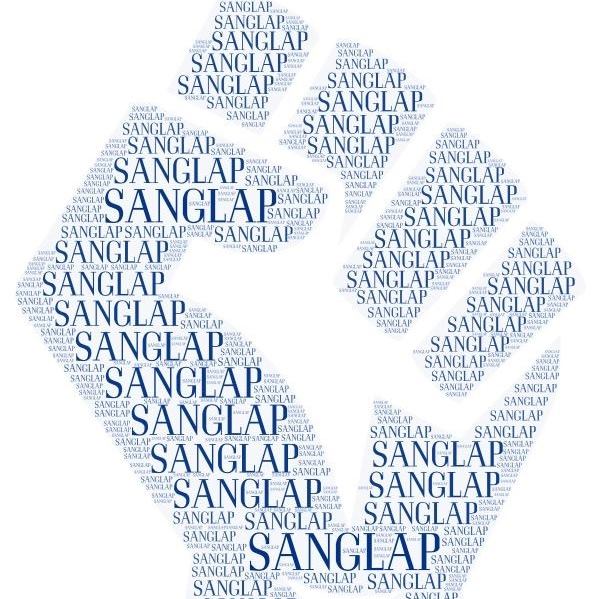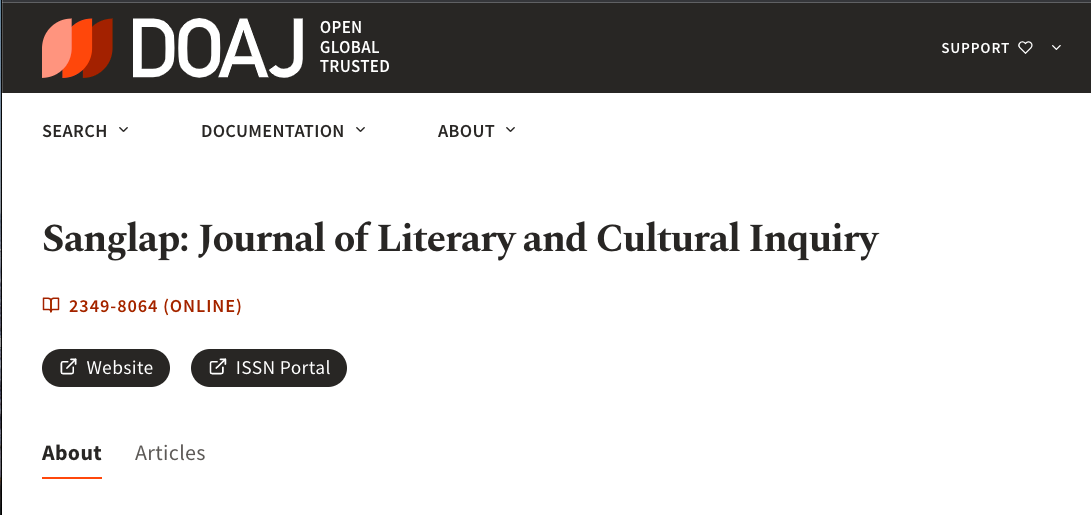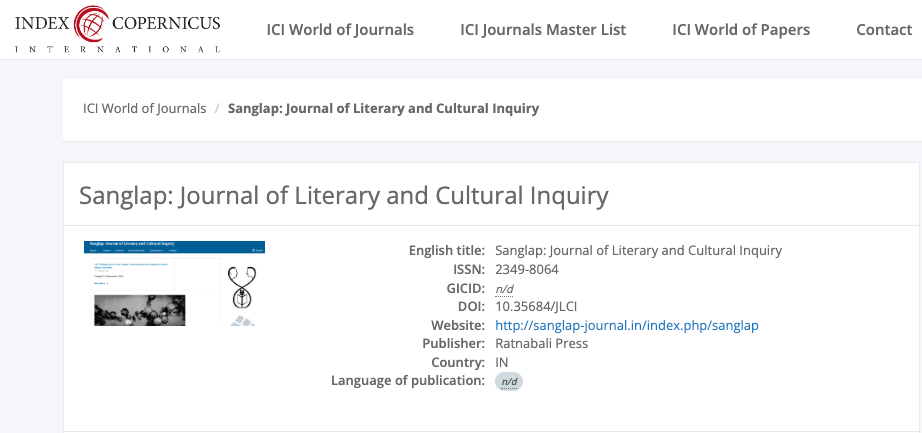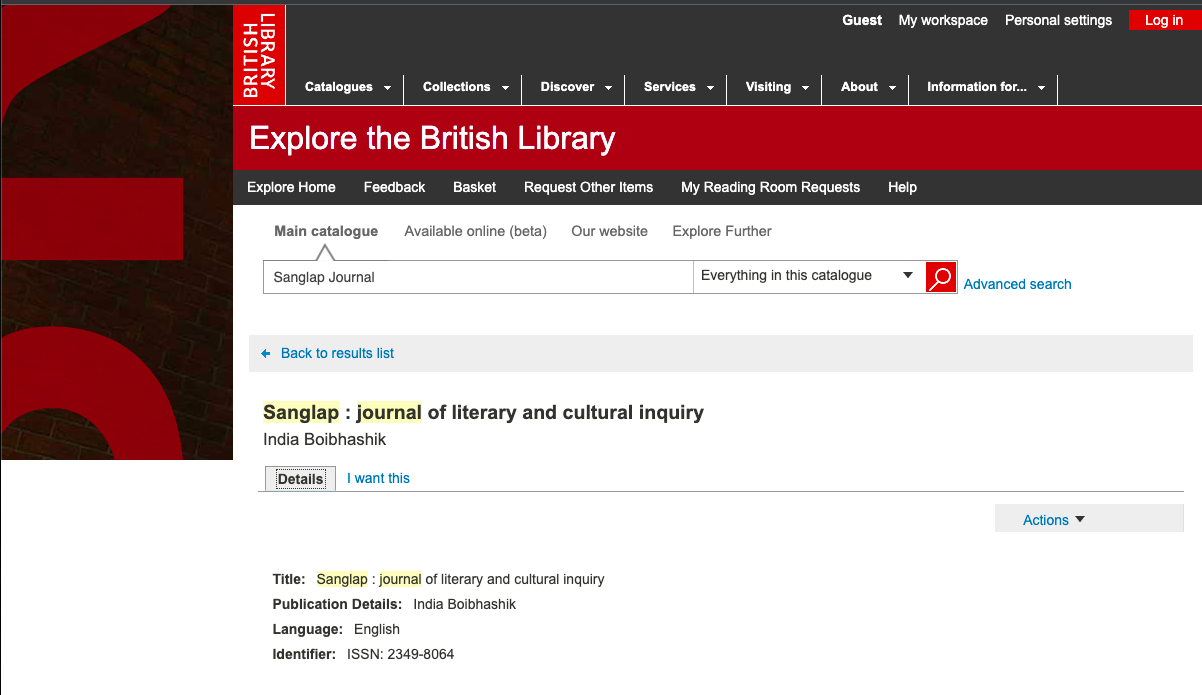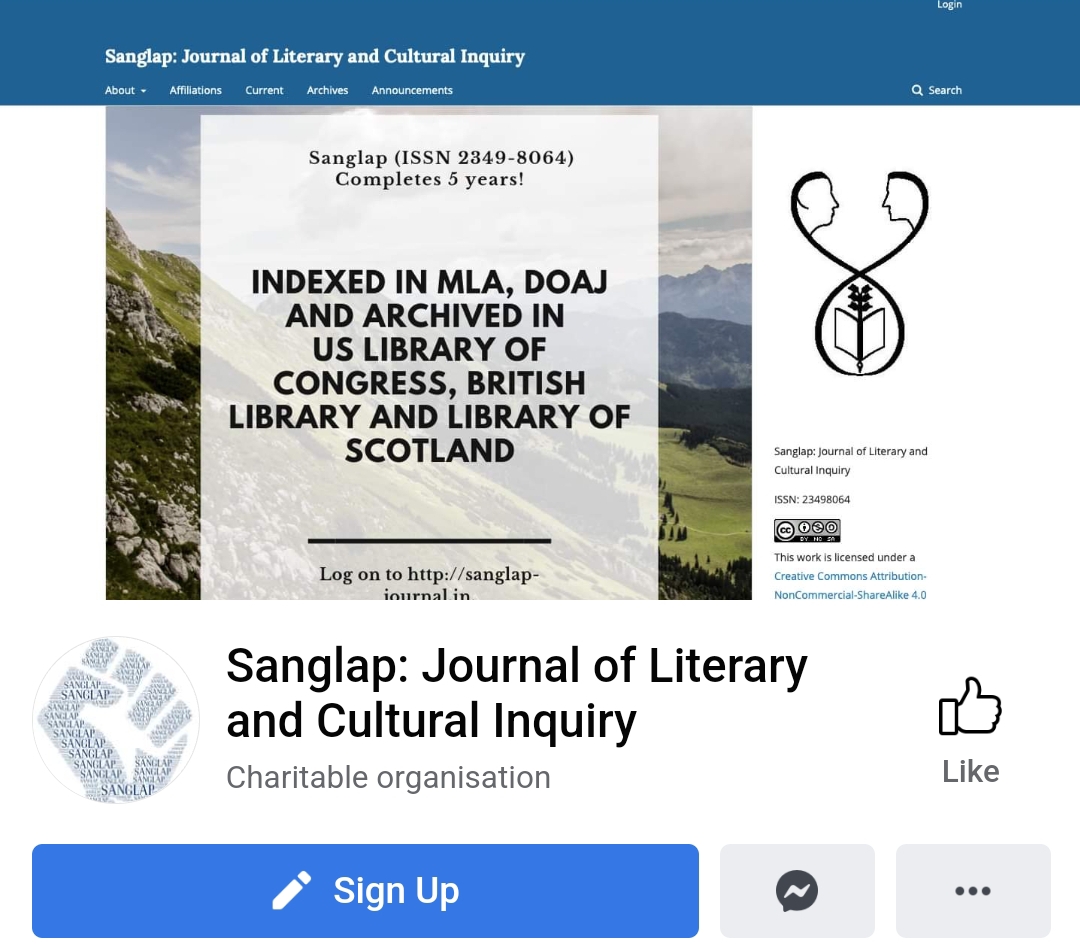The Nation and its Discontents:
Depicting Dissent during the Emergency
Keywords:
Emergency, (Self-)Censorship, Archives, Testimonies, SurveillanceAbstract
The article examines the poetics of documenting dissent during the Emergency under Mrs. Indira Gandhi through two specific archives. The declaration of Emergency in a democracy attempts to cut down the very scale of political citizenship to which dissenting bodies seem to aspire. Historians of the Emergency have noted how the Indira-led-Congress systematically closed down all spaces of dissent. The texts used for this article are taken from either a particular archive which was inadvertently discovered by an Indian researcher in a US library, or from O V Vijayan’s doodles on the Emergency. As an Emergency veteran Makarand Desai claims, the truth had to be “smuggled” out of the Congress’ reach for it to be unearthed later. This “smuggling of dissent” occured either across physical spaces or in many cases within the text itself, hidden behind apparent innocuousness through sophisticated techniques. What were the forms of censorship and self-censorship adopted by these chroniclers of Emergency? What is the value of belated testimonies in recuperating what Desai calls “Truth”? And finally, one might wish to speculate over the extent to which the surveillance measures of the Emergency, and the subsequent regulated access to censored documents led to the shaping of the contemporary educated middle-class (readers) in India? This article will be an attempt to creatively read these two archives as modes of approaching the question of smothered dissent during the Emergency. Such a reading will interest scholars of visual and textual studies, as well as political theorists of the text.

